Why Consumer Packaged Goods (CPG) and Fast Moving Consumer Goods (FMCG) are important to consumer?

Is a smartphone a fast moving consumer good?
Smartphone normally fit to be regarded as a durable item like television to be used for a reasonable long time.However the present consumer behavior and manufacturers practices negates the classification of smartphone as a durable.

Fast moving consumer goods are items used up regularly and we buy another for continued use.Most people nowadays replace smartphones so frequently that it will not be wrong to classify smartphone as consumer goods.
New models are launched frequently and marketed in a way that makes consumers want to get latest that seems to be better. Even when the new one is still perfect.
The market for used phones also encourage this behaviour as used smartphones can easily be sold.

Is there a difference between Consumer Packaged Goods (CPG) and Fast Moving Consumer Goods (FMCG)?
People use these terms interchangeably. However, there is a difference in terms of consumption behavior between the two. FMCG are goods that consumers use every day such as shampoo, soap, deodorant and detergent and thus their economics rely on volume, i.e. these products usually contribute the company’s P&L with low margins. CPG on the other hand are consumable products that are used less frequently in the household such as Maggi sauce, milk modifiers and canned tuna.
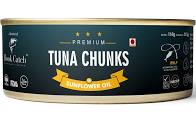
Both denote the same more or less. To be more specific i would say CPG is a part of FMCG. CPG would primarily involve personal care and beauty products (P&G,Unilever). FMCG involves any product that is easy to sell and it is a volume game. It is interesting to note that even oil and cell phone falls under the FMCG category.
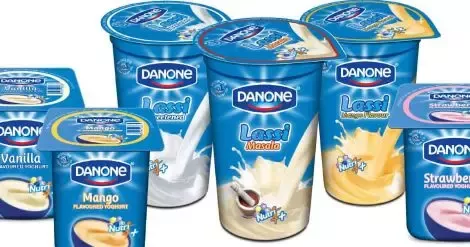
FMCG and CPG companies even assign a statistical factor to equalize these different products’ sales. Selling $1 MM worth of canned tuna to one customer is quite different than selling $1 MM worth of toilet paper to the same customer because consumers will use them at different rates. Therefore strictly speaking, they are not comparable sales achievements.
Are CPG and FMCG the same?
One of the most important differences between CPG and FMCG is the way we talk about sales. If this is your area in the retail industry, you’ll need to be cognizant of the impact these differences have on sales velocity. For example, let’s say a manufacturer sells a million dollars worth of milk. Let’s say that same manufacturer sells a million dollars worth of cat litter. These are very different sales achievements. It’s a lot easier to achieve volume in milk sales—an FMCG used every day—than in litter sales.
One more way these terms differ is in their regional use. You may notice that in North America, industry folks are inclined to use CPG. Whereas internationally, FMCG seems to be the preferred nomenclature.
Ultimately, it’s helpful to be informed of these nuances in the ways these terms may be used. Yet, you’re unlikely to be policed for using one over the other. The key thing to remember is that both CPG and FMCG brands are:

For a consumer
Frequent purchases
Low engagement (little or no effort to choose the item)
Low price
Short shelf life
Rapid consumption

For a marketer:
High volumes
Low contribution margins
Extensive distribution
High inventory turnover
What is the difference between Retail and CPG?
In the context of these two industries, retail refers to the sale of products to its end users/consumers.
Consumer packaged goods (CPG) refers to a broad spectrum of manufacturers, sellers, and marketers of physical goods (typically packaged in some way, shape or form) used by consumers and sold through a retailer.

The easiest way to think of retail is anyone is selling to the end user, typically through brick-and-mortar retail stores, online e-commerce, or more outdated channels such as catalogs and phone orders. Popular examples of retailers include Walmart, Target, Amazon, Costco, and basically every store you see at a shopping mall. Restaurants are also a form of retail since end users buy and consume the food to be eaten.

CPG is a broader space that encompasses companies one step earlier in the supply chain involved in the development, production, marketing, and selling of products targeted for end user consumption. Typically, CPG is involved at the wholesale level, so CPG companies are manufacturing the products sold to and that sit on the shelves of retail stores. Popular examples of CPG companies include Proctor & Gamble, Johnson & Johnson, General Mills, and Clorox, all of whom have a huge portfolio of brands. CPG companies don’t necessarily need to be brands. For example, companies who produce packaged food products for restaurants may have no specific brand. But the companies are still manufacturing or selling packaged products used by consumers so they would be classified as CPG companies.
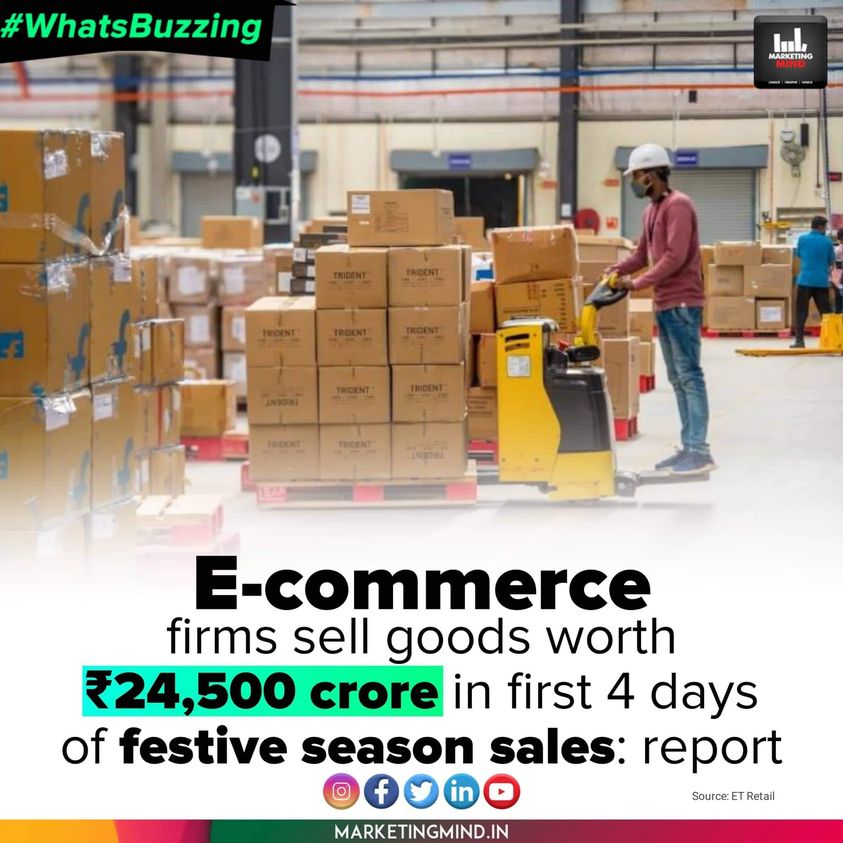
You can oftentimes find that CPG companies also have an element of retail. For example, fashion brands such as Gucci, Prada, or Dolce & Gabanna are all technically CPG companies since their primary business is creating and selling handbags, oftentimes to high-end retailers such as Barneys, Saks, and Neiman Marcus. However, they also have retail stores where they exclusively sell their own products (and also serve as a means to establish brand presence and engage their consumers).
So you can see, the lines between these two industries can oftentimes be blurred which is why they are so frequently referred to in conjunction with one another.
What is the difference betweeen FMCG and FMCD?
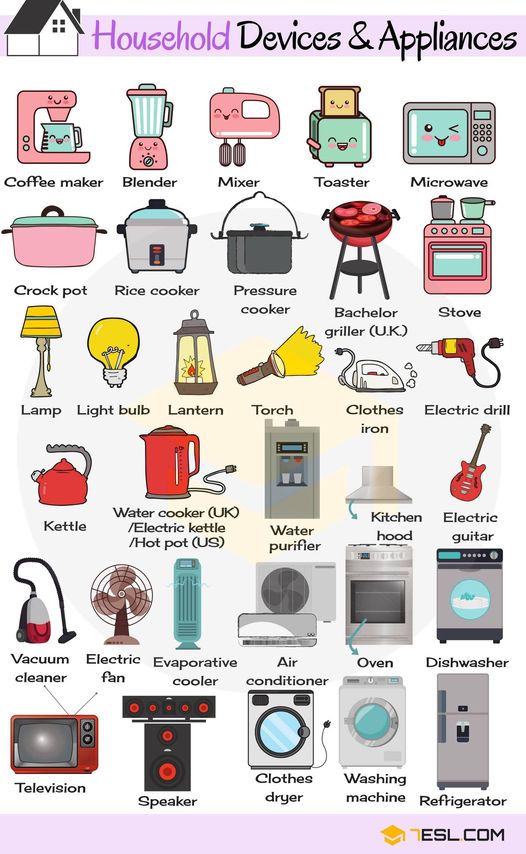
FMCG stands for Fast Moving Consumer Goods and FMCD stands for Fast Moving Consumer Durable.
As the terms suggest, one sector deals with consumer goods that have a smaller shelf life and are perishable in nature. Eg: Food items like Milk, bread, etc. On the other hand, durable are more durable of course and do not wear out too soon. They have a utility value over a period of time. Eg: Consumer electronics like microwave, washing machine, etc.
FMCG products are consumed almost immediately by the consumer and need to be replenished from time to time. FMCD products do not exhaust in one use and can be used for a considerably longer period of time, with repeated usage.
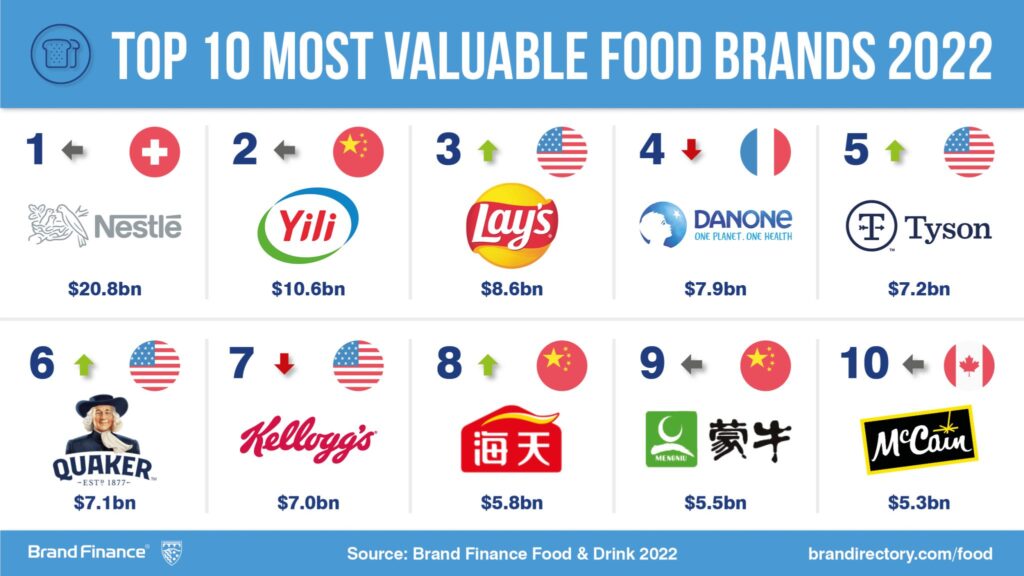
Would fitness/running shoes be considered consumer packaged goods (CPG)? Why or why not?
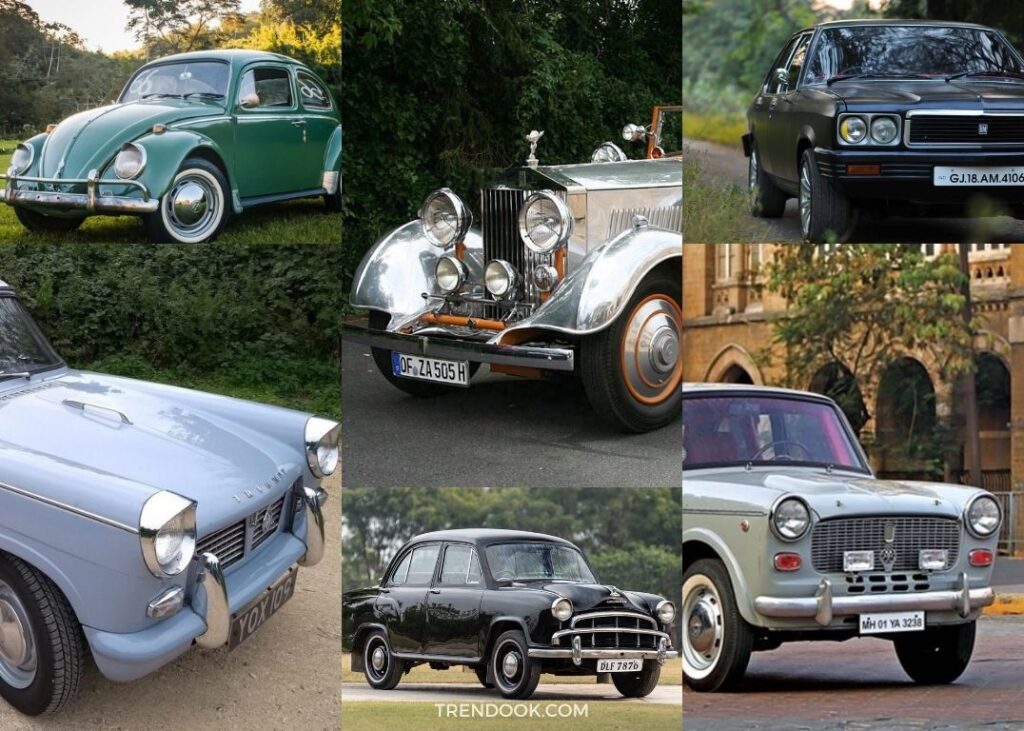

This is in contrast to products classified as Durable Goods, like cars and lawnmowers, which are expected to only be replaced every few years.
Of course, some people who buy running shoes wear them instead as casual sneakers, which then last for several years. Even so, since they would wear out relatively quickly if used for their intended purpose, they are most definitely Consumer Packaged Goods.
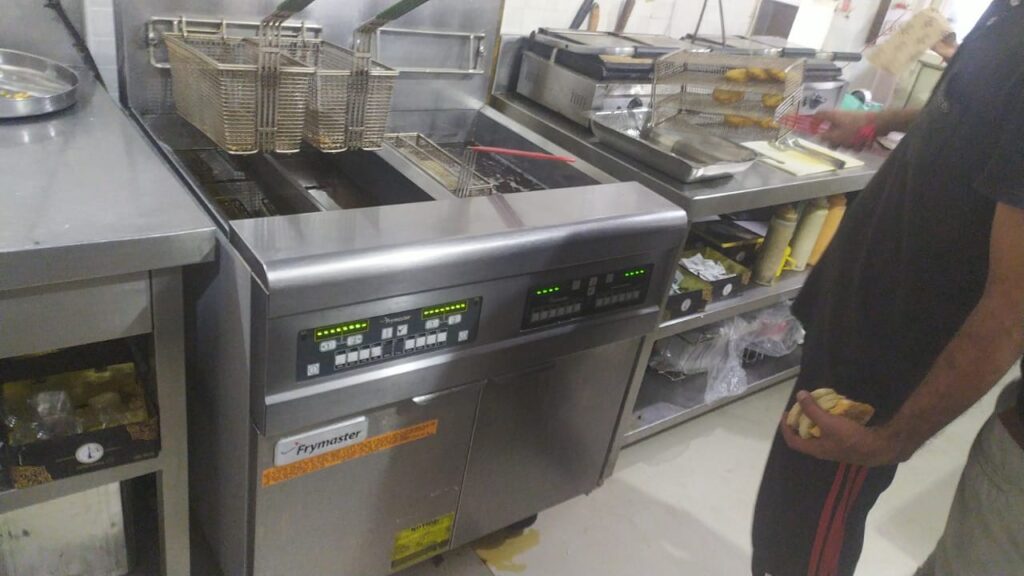
What are the examples of consumer goods and producer goods?
Producer goods (capital goods) are used in the production of either more capital goods or consumer goods. Milling machines, robot welders, assembly lines, are examples of capital goods. A shower curtain, a bath towel, underwear are examples of consumer goods. Sometimes the distinction can be blurred. If a lawn mower is bought by a person to mow their lawn it is a consumer good. If the same lawnmower is bought by a landscaper to mow other people’s lawns, then it is capital goods. It all comes down to whether the goods are producing something. In the landscaper’s instance the mower produces a nice lawn for his customer, and gross income for his business.
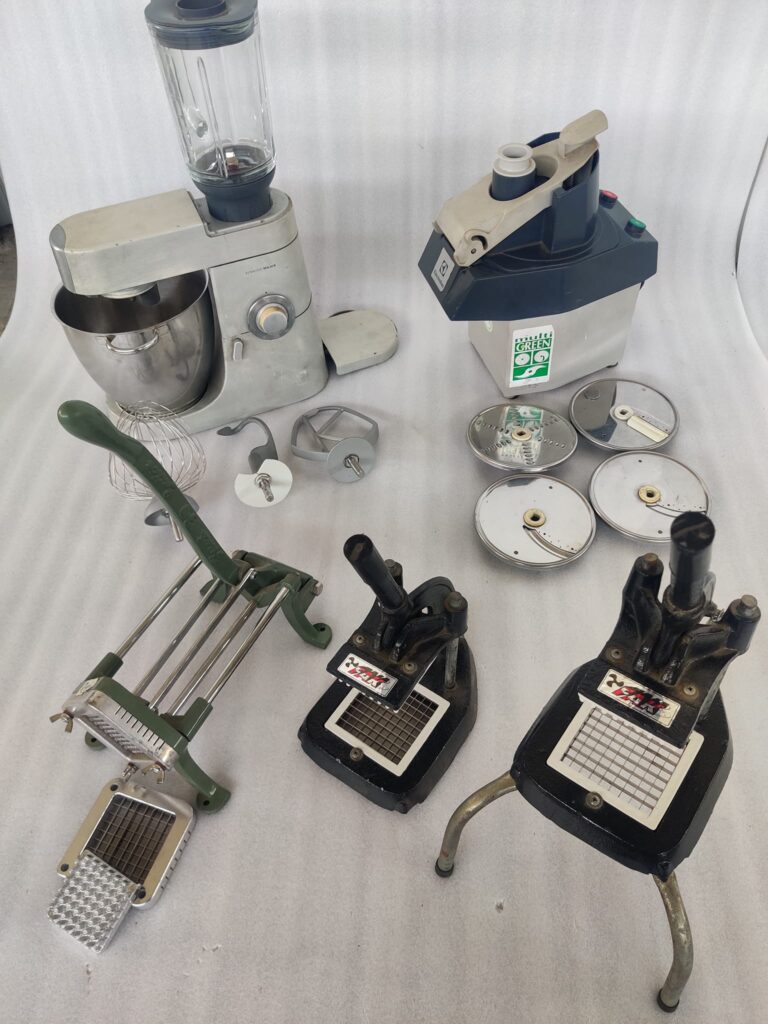
What is the biggest challenge for most CPG/ FMCG companies?

Most CPG/FMCG struggle to establish a consistent sales strategy and customer loyalty.
CPG companies are quite good at establishing a niche and developing a good product. Most companies will at some point get their product on the shelves in front of buyers. The struggle here is to get customers to consistently buy your product instead of purchasing it once as a nice “fun-2-try.”

Successful companies tie in a vision, or lifestyle messaging to their product. Explaining and educating customers how it can transform their lives, lead to a better version of themselves, and how to incorporate said object into their daily lives.
The one actionable item is for companies to create more content around the benefits of their product and establish a deeper connection besides taste/usage on how it can benefit the customer.

GROWTH!
Most CPG/ FMCG companies have strong, stable intrinsic business models that work with good margins and throw off a lot of free cash flow. Brands do bring in sales and loyalty, capital expenditure needs are modest at best and even there a lot of production can be outsourced. So strong is the business model that business failures among established FMCG/ CPG companies are almost unheard off (even in instances of demonstrated mismanagement). So no surprise that people who do really get business are big fans of FMCG companies – with Warren Buffett being a prime example.
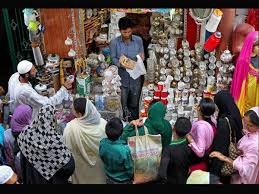
So the biggest challenges most face are revenue related: Holding on to and growing sales. Most categories are very competitive and sales need to be defended from competitors and increasingly, retailers’ own private brands. Most FMCG companies have a three pronged approach to revenue growth,
1) Organically Growing the Brands: Advertising, Promotions, Trade Spend etc.
2). Innovation/ New growth: New brand and products (new benefits, category, line etc.) with supporting communications and promotions.
3), New Markets: New retailers or new country. Currently, a HUGE opportunity for most is gaining growth from fast emerging markets.

As result, efficiently utilizing sales and advertising (SGA is almost always the biggest expenditure) investments to develop brands and drive revenues is almost always the biggest challenge. It is no surprise that, as a group, FMCG companies are always among (if not the) biggest buyers of media and advertising in their markets.
What is a KPI in retail?
KPI means Key Performance Indicator. All industries use them, in retail the most commonly used ones are;

Dollars per square meter (total sales divided by size of sales floor)
Average Sale Value (total sales in dollars divided by number of sales made)
Quantity per Transaction / Items per sale (amount of merchandise sold divided by number of transactions)
Gross Margin % (selling price- cost price)
Sales per man-hour or GMROL (gross margin return on labour)
Looking at KPI’s is crucial because looking at the raw data leads you to make mistakes – some stores are larger than others, some have higher occupancy costs (rent) – there are so many ways to make the wrong decisions just looking at the amount of revenue instead of the performance metrics. In short, the KPI’s reveal what is really going on inside a retail organisation whereas the revenue is just a number.

The KPIs would vary depending on the executive’s level but these are the most important:
Net sales: Sales minus commercial discounts (those that come from what the retailer charges you to make business with you.
Volume: Often expressed in Kg, Ton, Pounds, Units, or Statistical Units.
Operational Profit: Net Sales – COGS – Operating Expenses – Depreciation & Amortization

Sellout: Your customer’s sales. This KPI doesn’t directly affect the company but it will dictate the sales you will be able to make with that particlar customer. For example, imagine that in January you sold $1 MM USD worth of merchandise at retail price to your best customer. The next day an announcement is made that banks have gone bankrupt, affecting consumer’s purchasing behavior. When you speak to your customer you find out that from the $500 K/month your customer was selling, it now sells only $100K, which means that instead of having the usual 2 month inventory, it now has 10 months. Considering the economic situation doesn’t improve, you can expect your customer to stop making orders until it gets rid off the extra inventory.
Besides these main KPIs there can be as many KPIs as there is imagination: #of new customers, # of launched products, % of savings in the manufacturing plant, et cetera. Each manager will put the KPIs he or she thinks are ad-hoc to the position. However, to assess CPG companies performance one would always need to consider these four KPIs

The bottom line: It’s critical to understand FMCG and CPG
Understanding the jargon used by consumer packaged goods companies will help you better understand your customers and build stronger partnerships with retailers. You don’t want to make a mistake in your CPG pitch deck that will hinder your chances of acquiring greater distribution. Both are non-durable products, however, the key distinction between them is their sales velocity. As a result, it’s understandable that in the CPG Vs FMCG analysis FMCG sells a little faster than CPG. If we examine how quickly one product could be sold over another, we can go even farther in our imagination and establish two categories inside the nondurable things. However, it’s vital to remember that CPG and FMCG are both terms for the same product category.

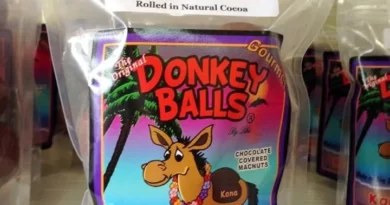


Pingback: Why Building Your Brand is Important? - My Blog